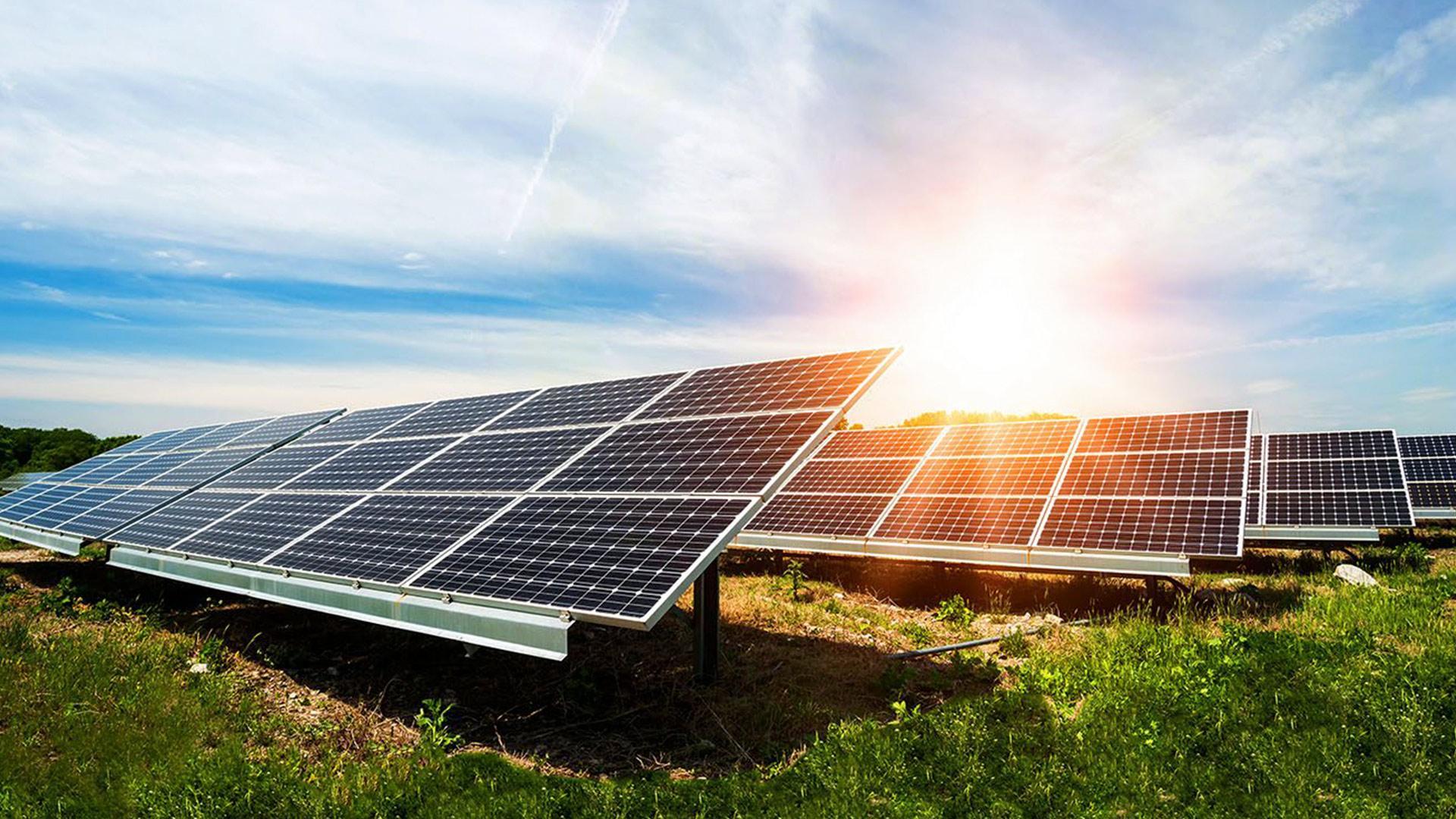BY KORAY OZTOPCU
Garanti BBVA Consumer Finance Director Koray Oztopcu on Rooftop Solar Power System technologies and how to sustain consumer finance in clean energy investments…
Research shows that the amount of sunlight hitting the surface of the planet in an hour and a half is sufficient to meet the energy consumed by the whole world for a year.
The light emitted by the sun is known as electromagnetic radiation. Every poibnt on earth receives some amount of sunlight throughout the year, but the amount of sunlight varies. Technologies we call as Rooftop Solar Power Systems (Roof SPS) capture this sunlight and convert it into useful forms of energy.
In the simplest sense, rooftop solar power system technologies convert sunlight into electrical energy through panels or mirrors that intensify solar radiation. This energy can be used to generate electricity or can be collected in batteries or thermal stores.
The rooftop solar power system is one of the most important investments out there. It does not cause global warming and considering increasing energy costs, it produces electricity without increasing carbon emissions and helps a country’s transition to cleaner, more reliable, and more affordable electricity sources. In addition to its environmental contributions, a rooftop solar power system has the capacity to generate a large amount of financially desirable electricity.
Rooftop solar power system market will grow 4X by 2030
When we look at the size of the Roof SPS market numerically, it is estimated that it will reach approximately 398.3 billion dollars by 2030 from its value of 99.5 billion dollars in 2021. This indicates a 4 fold growth.
Rooftop Solar Power System market size expectations in the world:

The rooftop solar power system contributes to the sustainable world while helping individuals and institutions reduce the cost of electricity, which is critical for the budget. It also creates employment in the industry and accelerates economic growth for individuals and institutions.
When planning for electricity generation with a rooftop solar power system, the key point for the individual consumers to consider the best and most efficient option for using solar energy efficiently. In this context, Roof SPS engineering companies in our country are carrying out very detailed studies about feasibility and the steps we need to take.
Before a rooftop solar power system investment, energy consumption should be determined
Before a Roof SPS investment in a house or building, we need to determine daily and monthly energy consumption, so we can increase our potential benefit from a Roof SPS. However, the amount of the power produced by a solar system in a given area depends on the level of solar energy that reaches it, the insulation on the roof of the residence, and the size of the system. Since the height of the surrounding buildings, trees and hills will create shadows, companies need to optimize these systems to get the most benefit possible. These companies can help you in terms of determining feasibility, installation and connection of the system to the grid circuit. Further, once consumers receive an interconnection permit from the grid, they will also have the opportunity to sell their excess electricity to the grid in case the system produces more power than needed.
In feasibility studies, the number of solar panels may vary depending on the building. The number of solar panels needed also differs according to the amount of energy used; so determining the actual system capacity is also important.
Rooftop solar power system investments pay for themselves in 5 years
Turkey has experienced rapid growth in solar energy as a result of recent regulations. While the installed power of the unlicensed solar market is approaching 8K megawatts, thanks to regulations made by the Energy Market Regulatory Authority (EMRA), consumers from every segment have also become energy producers in recent years. In addition, in March 2022, the capacity limit for solar electricity generation in areas such as buildings, sites and villas was increased from 10 kW to 25 kW in order to expand production. By increasing the capacity of a Roof SPS power plant to 25 kW, a return on investment can be achieved within an average of 5 years in areas such as multi-apartment developments. It is also possible to sell surplus to the network in varying amounts depending on the period and season. With its roof storage potential, Roof SPS also creates backup power in case of power cuts.
In order to install a roof system with a capacity of 10 kW, an average of 60 square-meters is needed. For 25 kW, one would need approximately 120-150 square meters.
As individual rooftop solar power systems are developed in order to reduce Turkey’s dependence on foreign energy and increase its share in renewable energy, the number of people who want to install solar power plants in individual residences and buildings is increasing day by day. As Garanti BBVA, we attach importance to the fact that consumers want to obtain their electricity from renewable energy.
For the first time ever in Turkey, we’ve introduced a digital shopping loan created for individual rooftop solar power systems. Our customers can get the loan through contracted companies only in 5 minutes and install solar panels on their roofs, paid for in installments. Customers will execute the production and consumption of green energy while also contributing to an increase in our country’s sustainable energy resources.
The biggest and most important issue for global economies shaken by issues in supply and supply chain security due to pandemics, climate crises, and wars, will be to leave a sustainable world for the future.
As Garanti BBVA, we are moving towards a carbon neutral target for 2053 with our sustainability approach: “We take good care of the world, we take good care of the future.” In line with this, considering the decreasing cost of technology, the increase in the number of companies serving in the field of the Roof SPS, the fact that it is a viable investment, and the increase in financing opportunities, we will continue to do our part to support the development of rooftop solar power systems.










